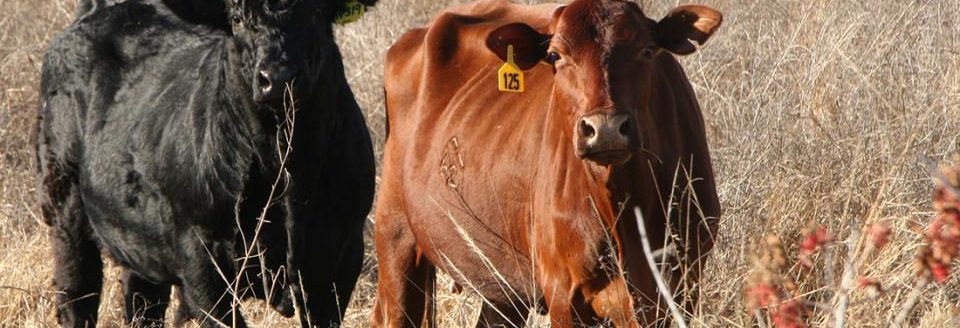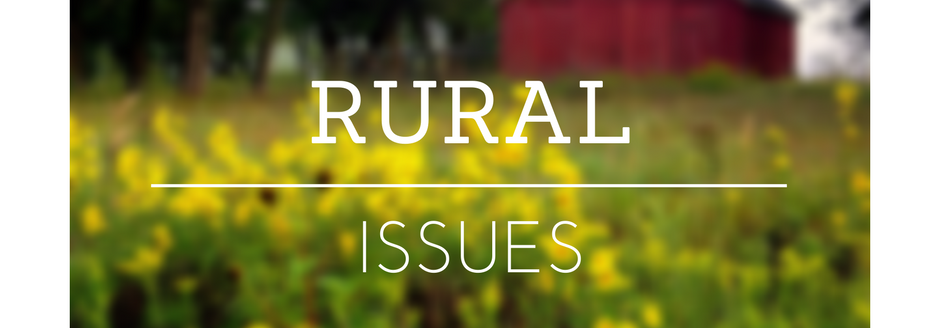Deciding when to expand a cow herd can be difficult when producers are facing parched pastures and low hay stocks. Cattle experts often have producers ask, “Is this the right time to expand my herd?”
Glynn Tonsor, Kansas State University Research and Extension livestock and meat marketing specialists, said what can help answer that question is K-State’s Beef Replacement Decision Aide.
Higher prices generally encourage producers to expand their herds, but Tonsor said the prolonged drought in Kansas and in other neighboring regions has producers asking about the cost of rebuilding their individual herds as a first step while keeping an eye on expansion later.
Tonsor asks producers in those drought-stressed areas to keep in mind that the cattle market operates on a national and global scale.
The result is that the value of calves has numerous drivers including replacements of bulls and females.
There are economic incentives for cattlemen in other regions to expand their herds that did not exist in other areas because of Mother Nature, he said. The result is producers are going to be bidding against other producers in many regions who have different dynamics.
Tonsor said knowing that was why he helped with a recent producer-oriented webinar undertaken by K-State’s beef Extension specialists.
The KSU beef replacement decision tool, available at bit.ly/3Cdd2CY, was first developed by Kevin Dhuyvetter, a former K-State specialist and research economist who is now at Elanco. The spreadsheet has four tabs and provides a commentary and a net present value. As Tonsor went through, he noted it was for a 10-year sequence with a presumed calf price and cull cow price for 2023 to 2032. The U.S. Department of Agriculture uses a calf price of $229.71 and a cull cow of $91.88—about 40% of the historical calf price. There are also columns for more pessimistic and optimistic scenarios.
“The point of this tool was to give you some reasonable first starting points,” Tonsor said.
The tool allows producers to customize weights they use on their own operation.
He also stressed the importance of input assumptions. A bred cow could produce a calf the first year but otherwise the calf would be born the following year. There is also an assumption on death loss and annual cull rate.
In some cases, a producer might consider buying an older cow even though the potential to only produce three calves might seem less attractive than a heifer that could potentially produce seven calves. The reason is purchasing the older female may come at a much lower cost.
Costs are much higher than three years ago, he said.
Inflationary costs and interest expenses are also much higher than they were several years ago, he said.
The increasing costs to rebuild or expand a herd is not just a drought story, he reiterated, and that means paying attention to all expenses. He said the tool can also be helpful to producers when they are working with their lenders.
“The homework need is greater today,” he said.
Dave Bergmeier can be reached at 620-227-1822 or [email protected].
Sign up for HPJ Insights
Our weekly newsletter delivers the latest news straight to your inbox including breaking news, our exclusive columns and much more.




